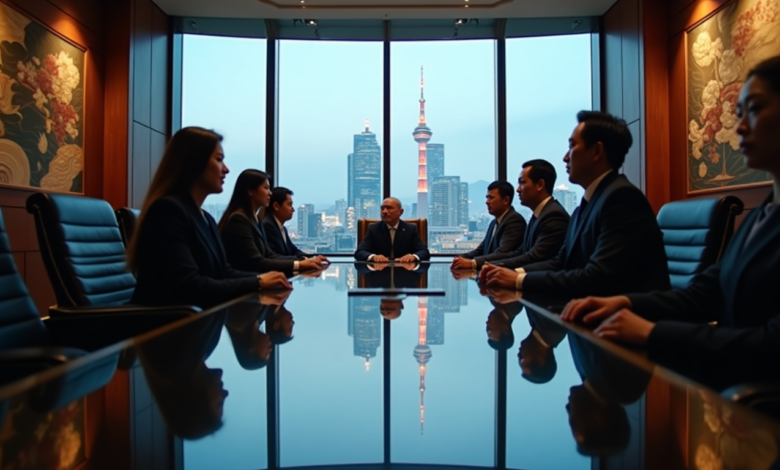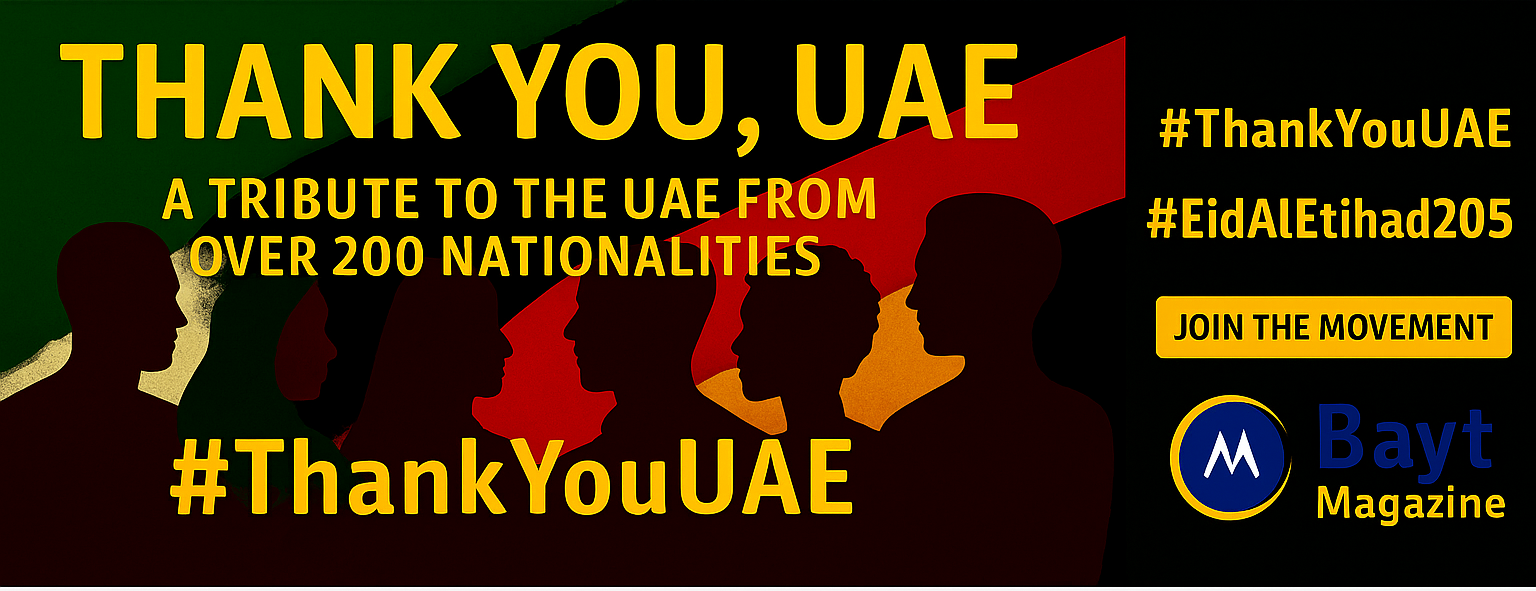
Powerful South Korean Families Confront Investor Rebellion
South Korea’s top 10 family-run conglomerates hold more than 27% of all business assets in the country. Their influence runs deep through Asia’s fourth-largest economy. These powerful families now face pushback from shareholders who just need better transparency and corporate governance reforms. Major players like Goldman Sachs and Saxo Bank have stepped up alongside other investors to question the ‘chaebol’ system. This growing resistance marks a crucial shift in South Korea’s business world, where family empires have long operated without much external oversight.
Historical Dominance of Korean Chaebols
South Korea’s powerful family-run conglomerates have their roots dating back to the Japanese occupation period from 1910 to 1945. These businesses emerged by following Japan’s zaibatsu system. These family enterprises turned into economic powerhouses right after the Korean War. At the time, the country ranked among the world’s poorest nations with a GDP per capita of just 160 USD in 1960.
Military dictator Park Chung Hee’s leadership in the 1960s helped coordinate the rise of these family-controlled businesses, known as chaebols. His administration gave special loans and financial incentives to selected family businesses, especially when you have critical industries like construction, chemicals, oil, and steel.
These conglomerates created significant economic effects. The five largest conglomerates’ total sales represented more than half of South Korea’s gross domestic product in the last 15 years. They reached a peak of 70 percent in 2012. Their influence goes beyond economic metrics. These families built so big business empires that touch nearly every aspect of South Korean life, from hospitals and insurance to entertainment and electronics.
The 1997 Asian Financial Crisis tested the chaebol system’s resilience. During this time, 16 of the top 30 chaebols faced bankruptcy. The surviving conglomerates emerged stronger with reformed structures. The top ten chaebols’ contribution reached 60% of the country’s GDP by 2021. This shows their continued dominance in South Korea’s modern economy.
Rising Investor Resistance
South Korea’s corporate landscape faces a transformation as shareholder activism reaches new heights. The number of companies that activist funds target has soared. 77 Korean companies dealt with shareholder activism in 2023, which shows an 8.6-fold rise from 2019.
Traditional corporate governance faces resistance through several developments:
- Over 200 asset owners and managers joined after the Korean Stewardship Code started in 2016
- Small investors increased their participation, like the meme stock movement
- The National Pension Service (NPS) and international funds became part of activist campaigns
- Proxy advisors like ISS and the Korean Corporate Governance Institute offered more support
The landscape changed in 2022. Align Partners owned just 1.1% of SM Entertainment but appointed a statutory auditor. Shareholders showed massive support with an 81% vote. This win proved small activist investors could challenge the power structure.
Controlling shareholders now show more willingness to address investor concerns. Companies boosted shareholder dividends and stock buybacks. The biggest problem remains that SME workers earn only 63% compared to chaebol employees. These economic gaps continue to fuel investor unhappiness.
Recent polls reveal growing public discontent. Two-thirds of Koreans and 75% of those in their 20s and 30s view chaebols negatively. They worry about economic inequality and corruption. Politicians and government officials noticed this change in sentiment. They now discuss ways to fix the ‘Korea Discount Problem’ through new regulations.
Regulatory Reform Initiatives
South Korea’s government has made the most important move to change its approach to corporate governance through recent regulatory reforms. The Korea Exchange (KRX) made complete corporate governance disclosure requirements mandatory in 2019. Listed companies must now explain their compliance with core principles or justify non-compliance.
Several key initiatives have shaped the regulatory landscape:
- Implementation of ‘Comply or Explain’ approach for corporate governance
- Expansion of mandatory disclosures planned for 2024
- Introduction of the Corporate Value-up Programme
- Improved transparency requirements for director compensation
- Stronger oversight of executive appointments
Circular shareholding structures saw a dramatic reduction. The number of chaebols with such arrangements dropped by 80% between 2011 and 2021. The Korean Fair Trade Commission (KFTC) now classifies business groups as ‘large corporations’ when their assets exceed 5 trillion won. These corporations must follow stricter disclosure rules.
The government launched its latest reform initiative, the Corporate Value-up Programme, in February 2024. Companies can receive tax incentives and preferential treatment by improving their market value and shareholder returns. The Financial Services Commission (FSC) now develops detailed guidelines to help companies with their reporting plans. These guidelines focus on better corporate governance and transparency.
The reforms balance economic growth with investor concerns. Many initiatives remain voluntary, but the government offers stronger incentives to comply. Companies that show strong shareholder value can now join a specialized index.
South Korea faces a pivotal moment as its traditional family-run conglomerates struggle against unprecedented challenges to their dominance. Shareholder activism has surged dramatically, with targeted companies increasing 8.6 times since 2019. This signals a fundamental transformation in corporate power dynamics. The government’s Corporate Value-up Programme and new disclosure requirements show its steadfast dedication to addressing investor concerns while maintaining economic stability.
South Korea’s corporate world reflects deeper social shifts. Younger generations now question the chaebol system that powered the country’s remarkable economic growth. Align Partners’ recent win at SM Entertainment proves that shareholder activism can create meaningful change. Stricter oversight and transparency requirements point toward more balanced corporate governance structures.
The coming years will determine if South Korea’s family-run conglomerates can adapt to reform pressures while keeping their global market edge. Their response to these challenges will reshape not only South Korea’s corporate governance but also the country’s economic direction in today’s competitive global environment.




